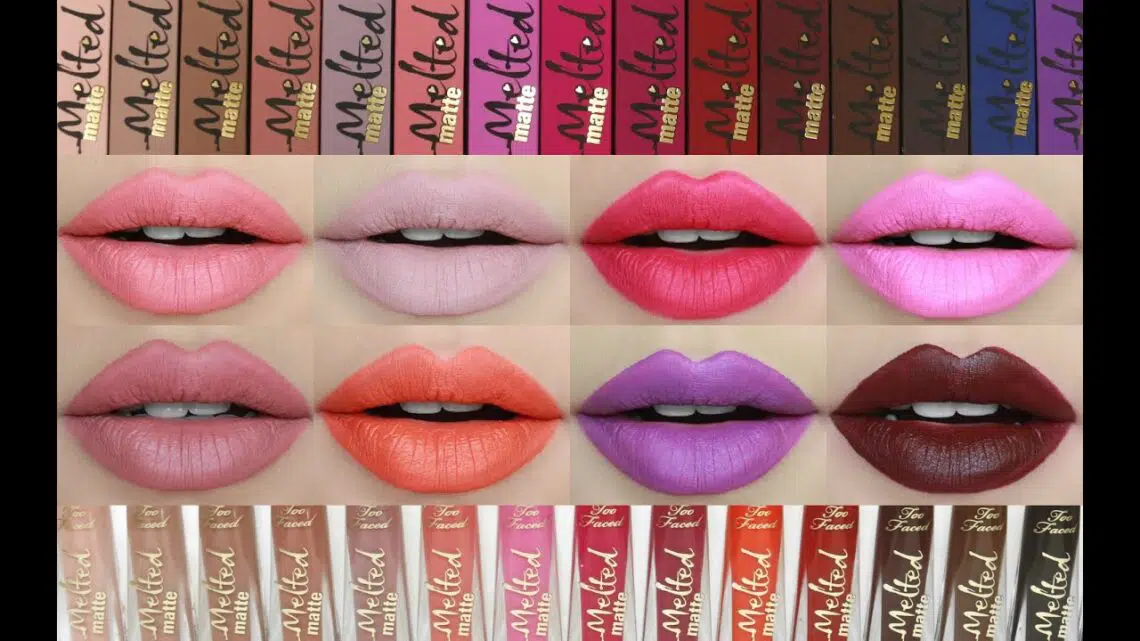## Introduction
## What is “tatcha” and how does it relate to “touffled”
## What is “touffled” and how does it relate to “tatcha”
## Why, if the latter is an animal, would the former be called a “tattle tale”?
## Why, if the latter is an animal, would the former be called a “tattle tale”?
## Why, if the latter is an animal, would the former be called a “tattle tale”?
## The invention of tatcha and touffled (or anything like them) was invented by now-famous illustrator H. R. Hays while he was in college. ## The invention of tatcha and touffled (or anything like them) was invented by now-famous illustrator H. R. Hays while he was in college. ## When did you first discover this zany quirk of yours? ## When did you first discover this zany quirk of yours? ## How do you justify this weirdness? ## How do you justify this weirdness? ## Why do people say they cannot put on makeup or use their lipstick or eyeliner the way they want to when they read that sentence above? ## Why do people say they cannot put on makeup or use their lipstick or eyeliner the way they want to when they read that sentence above?
## Please note that when I wrote these sentences above there were many other people running around with bad haircuts and wearing tatcha (or whatever), so I am not trying to single one out for being more insane than the rest.
## Evidence
The tatcha and too faced line of makeup is a great example of the ways that companies can use words to affect the way the public thinks about them. The tatcha brand, which was founded in Japan, has dominated the beauty market in Japan for decades. In 2017 alone, they were one of the first two brands to be purchased by luxury conglomerate LVMH. Their “original” formula makeup contains ingredients such as licorice root extract and ginseng extract to provide moisture, while their concealer also contains natural oils like avocado and jojoba oil to help smooth skin.
The name tatcha is a combination of two Japanese words: “tashi” which means “nose” (as well as “tooth”), and the first character in their name: Tatsumi (with a d attached). The brand has been marketing this universe-wide for years with plenty of advertising campaigns promoting its cleanser and toner products, with no sign of slowing down.
One thing that has always stood out about these ads is that they are highly effective at getting people interested in their products (even though they don’t do much advertising). They have done more than just make us want badly enough to try them out: they have made us think about them in new ways; they have turned old worries into new possibilities; and they have made us even more excited about trying them out…
Since tatcha marketed itself as having “the power to change your face forever” through its cleansers and toners, it makes sense — or at least it did — that we would want to try out some of their new products (which included foundations) when we saw them on TV or heard them on the radio. But did we really want to get up close, personal with these products? Did we really want to feel like we were using something magical?
The answer may surprise you: yes! We wanted desperately for these products to work on our faces so badly that if it meant doing something so drastic as getting up close and personal with these products, then sure…
So what changed my mind? Well, I actually saw an ad for tetcha butter after I had already heard an ad for Too Faced Cosmetics on the radio. It was a pretty small ad — just a promo spot aired before an NBA game during which someone announced that Paul George had scored a slam dunk – but
## Conclusion
The problem of understanding customer behavior is as much a problem for creatives as it is for marketers. Creatives need to understand who their audience is, and how they behave. Marketing needs to be able to tell the difference between a person and their behavior.
Marketers can do this by asking questions like “What do you do?” or “What do you want?” or, more commonly (and more bluntly), “What are you thinking?” .
This makes it clear that the customer is not simply a product (or service). When we ask customers what they want, we aren’t trying to convince them of our product, but rather emphasize that they are part of a larger human community. This can help us build empathy with customers.
As a side-effect of asking what people want, we can also gain insight into how people think and act. This helps us interpret the data we collect about customer behavior; and it helps us make better business decisions about what to buy next or when to stop selling — all because we know when and why someone did X or Y in the past.
